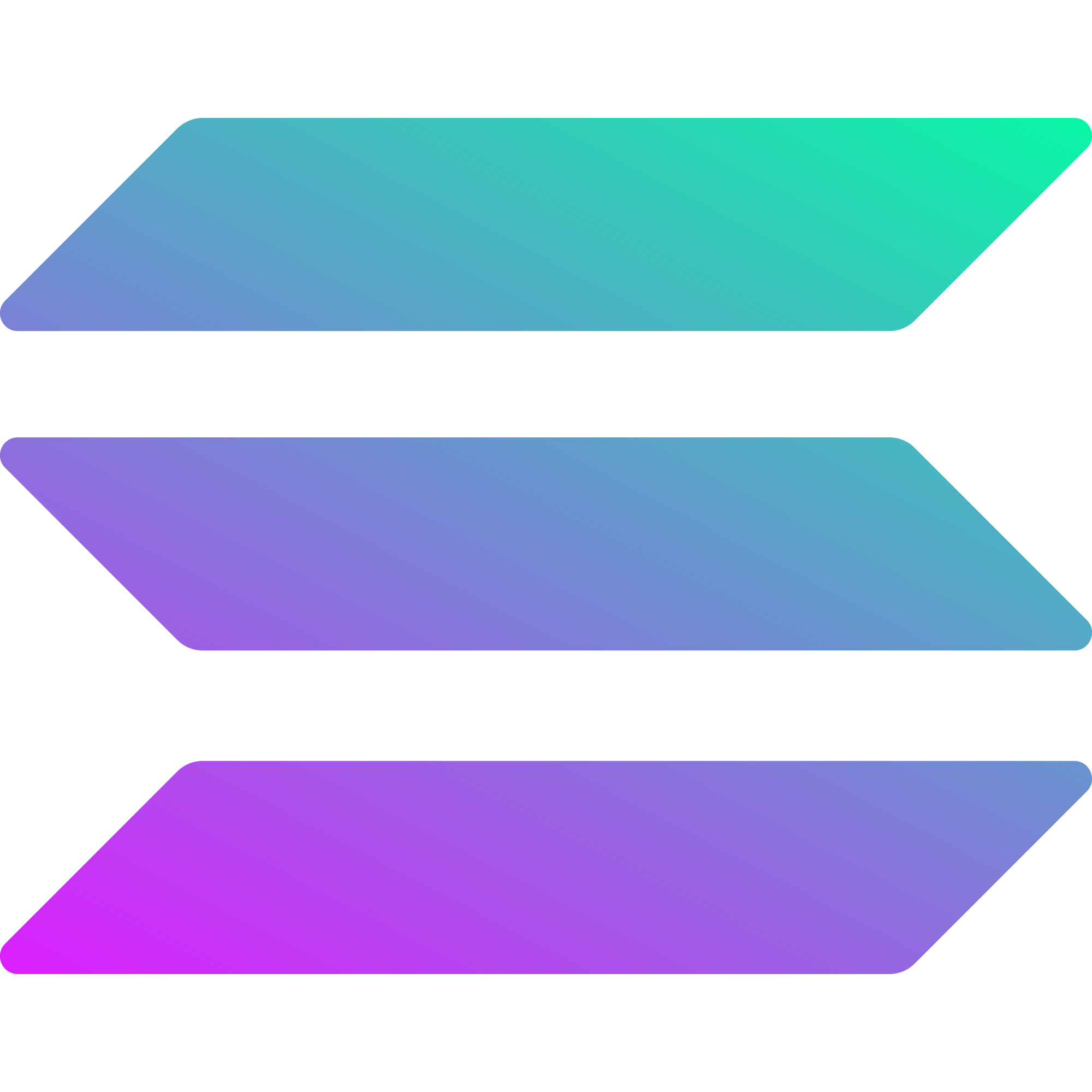
Solana (SOL)
The high-performance blockchain for the next generation of applications.
What is Solana?
Solana is a high-performance blockchain platform designed to enable scalable, user-friendly applications. Created by Anatoly Yakovenko in 2020, it has quickly become one of the leading platforms for DeFi, NFTs, and Web3 applications due to its high speed and low transaction costs.
Using innovative technologies like Proof of History and parallel transaction processing, Solana can handle up to 65,000 transactions per second with sub-second finality and minimal fees, making it particularly attractive for applications requiring high throughput.
Key Features
Use Cases
Pros & Cons
Advantages
- • High transaction speed
- • Low transaction costs
- • Growing ecosystem
- • Developer friendly
- • NFT & Gaming focus
- • Strong institutional backing
Disadvantages
- • Network outages
- • Centralization concerns
- • High hardware requirements
- • Competition from L2s
- • Newer platform
Technology Overview
Proof of History
Solana's unique Proof of History mechanism creates a historical record that proves that an event occurred at a specific moment in time. This enables high throughput by optimizing transaction ordering and validation.
Parallel Processing
Solana's architecture allows for parallel processing of transactions through its Sealevel runtime, enabling multiple transactions to be processed simultaneously and significantly increasing throughput.
Network Infrastructure
The network employs several innovative technologies including Gulf Stream for mempool management, Turbine for block propagation, and Cloudbreak for horizontally-scaled accounts database.
Solana Investment Guide
1. Getting Started
- Choose a Solana-compatible exchange
- Set up a Solana wallet (e.g., Phantom)
- Complete identity verification
- Enable security features
2. Ecosystem Exploration
- Research DeFi protocols
- Explore NFT marketplaces
- Understand staking options
- Review dApp ecosystem
3. Investment Strategies
- Dollar-cost averaging
- Staking for passive income
- DeFi yield farming
- NFT trading
4. Risk Management
- Monitor network status
- Diversify investments
- Use hardware wallets
- Stay informed about updates
Frequently Asked Questions
What is Solana?
Solana is a high-performance blockchain platform designed for scalability and fast transactions. It uses innovative technologies like Proof of History and parallel processing to achieve high throughput (up to 65,000 TPS) with minimal fees.
How is Solana different from other blockchains?
Solana's key differentiator is its high performance and low fees achieved through unique features like Proof of History and parallel transaction processing. This makes it particularly suitable for DeFi, NFTs, and applications requiring high throughput.
What are Solana's main use cases?
Solana is used for various applications including decentralized finance (DeFi), NFT marketplaces, Web3 gaming, and high-frequency trading. Its high speed and low fees make it particularly attractive for applications requiring frequent transactions.
Is Solana secure?
Solana employs various security measures including Proof of Stake consensus and Proof of History for time synchronization. However, the network has experienced several outages, and some critics argue about centralization concerns due to high validator requirements.
How do I get started with Solana?
To get started with Solana, you can buy SOL tokens on major cryptocurrency exchanges, set up a Solana wallet like Phantom or Solflare, and explore the ecosystem's DeFi protocols, NFT marketplaces, and other applications.
Stay Updated
Get the latest crypto news, rankings, and exclusive guides delivered to your inbox.
We respect your privacy. Unsubscribe at any time.